10.5 °c Wind speed: 16.5 km/h Precipitation: 53 % Cloudiness: 92.5 % Humidity: 87 mm Pressure: 53 mb
Coolwater Garden
Cloughadoolarty North
LK
Ireland
Description
Get ready to lose yourself in the wide variety of wild, walled, subtropical, and even Japanese gardens throughout County Limerick. Each of the area's gardens, community gardens, and garden centres in the area is worth visiting. Coolwater Garden is a must-see for the garden lover!
Garden without borders
Coolwater Garden is part of the Ballyhoura Heritage & Gardens Trail and the Ballyhoura Garden Experience, each providing a full day’s activity in a small geographical area. Coolwater is a small garden with a unique personality. Its incredible Water Garden, chimerical West Garden, and many alpine troughs are filled with choice specimens.
The private garden on half an acre is open year-round by appointment only. Its highlights include a large number of landscaped Alpine troughs, a covered Arid section, a combe bordered with thyme, fern dell, Japanese Maple bed, bamboo, juniper escarpment, and Lewisia outcrop. Lizards, newts, and frogs love the garden and have made it home. There are no lawns or borders in this garden!
The garden overlooks Skule Hill and Rockstown Castle. It is a perfect place for art classes and private events. Tour operators, coach companies, language schools and group organizers are invited to book in advance. Coolwater is a popular venue for event photographs thanks to its structure and shape. Do not forget to bring your camera as it is one of the most photogenic smaller gardens. Owner and gardener Kevin Begley is always on hand to show you the garden and talk about the planting. A guided tour for plant lovers at set times must be previously booked. It takes up to one hour, and afterwards, you will be treated with some biscuits, a cup of herbal tea or hot coffee. You will have a chance to have a cosy chat.
Lovely walk
Trees full of creamy flowers welcome you on either side of the entrance. The back garden features a large pond with a floating pagoda. It is planted with natives, such as lilies and yellow sedges. The Wild Woman sculpture, made from engine parts, can also be found there. Somewhere in the garden, cacti and agave live under the roof that protects them from rain. Protected from cold and wind, Japanese maples also enjoy the spot. Conditions in containers are perfect for the plant inside. The Alpine house contains Pileas, Calceolarias, Pelargoniums and Cheilanthes. The Alpine house is slowly filling up with alpine plants and other types that don’t like too much rain. Among the limestone rocks are these assorted succulents and alpines. These are some of the rocks used in Alpine troughs: Acidic rocks for plants requiring a low pH environment and alkaline ones for those plants needing a high pH. A silica rock formed after explosively ejected material from a volcano vent. For Alpine enthusiasts, it is an absolute must.
The garden flows effortlessly from one theme to another, surprising with something new at every turn. The more you look, the more you see. It houses numerous ‘miniature landscapes’ displaying plants and rocks to their best advantage. There is also a beautifully laid out water feature and an Arid bed near it – not a mirage! The garden affords plenty of opportunity to sit down and absorb nature and wildlife in perfect harmony. Few ‘places of interest’ feel like a peaceful haven. In this garden, all your sensory organs will be delighted.
The owner, Kevin Begley, is a man of immense talent and creativity. His collection of alpines and reconstruction of their natural environment are stunning. Take a private tour with Kevin; you won’t be disappointed. He is extremely knowledgeable about many aspects of gardening, design and history. Visiting Coolwater Garden is much more than just a beautiful garden tour. Many visitors spend hours listening intently to Kevin and learning about his artwork development. Do not think twice to visit, even if your knowledge of plants is limited. Kevin will do Arrive as an appreciator and depart as an expert.
Four seasons in the garden
In February, more colour is starting to arrive in the garden with lovely displays of Hellebores, including this brilliant one, Madame Lemonnier. Several saxifrages are growing in the Water Garden in Tufa rock, a soft limestone where you drill a hole and place the plant. You can see some holes that blackbirds have pecked the plants out of. Tete-a-tete daffodils and Pulmonarias are growing under a beech tree in the West Garden. Later on, there’ll be Bluebells coming up. And towards the end of March, Fritillaria imperialis burst into flower in the West Garden. The flowering cherries in the West Garden are recovering to their former glory after being hit for the last couple of years by some unknown disease.
March 2024 has been marked with some renovations and additions. A new pergola has been erected over the coombe in the West Garden. This job was slightly tricky as it is on a slope and curves shaped like a C. Wooden chairs beside the coombe were painted bright red. You can’t fail to miss them while walking around the garden. A tree stump from a neighbouring farm was inserted into the end of an old heating oil tank. A dry river has recently been added due to the pump's excessive electricity use. The water used to flow between two ponds, which are now home to newts.
In July, Miniature Nerines in our Alpine house always flower much earlier than the ones in the open garden. Sedum “José Aubergine”, a mega attraction for bees in August, was jostled by enormous bumble bees. Late summer is when a prostrate Gaultheria delivers. Little Agapanthus blooms in the second half of the year.
As a result of an icy couple of weeks in mid-December, where the temperature dropped, some plants may receive severe damage. In 2023, the West Garden was much more affected than the Water Garden. For example, Tasmania aromatics in the West Garden were decimated, whereas those in the Water Garden were unharmed! The same applied to Hebes and other plants. Eucalyptus sturgissiana had half its foliage blackened, but the osteospermums seemed to have survived, which is unbelievable. Some plants in the Alpine House, which have a frost stat on, also succumbed.
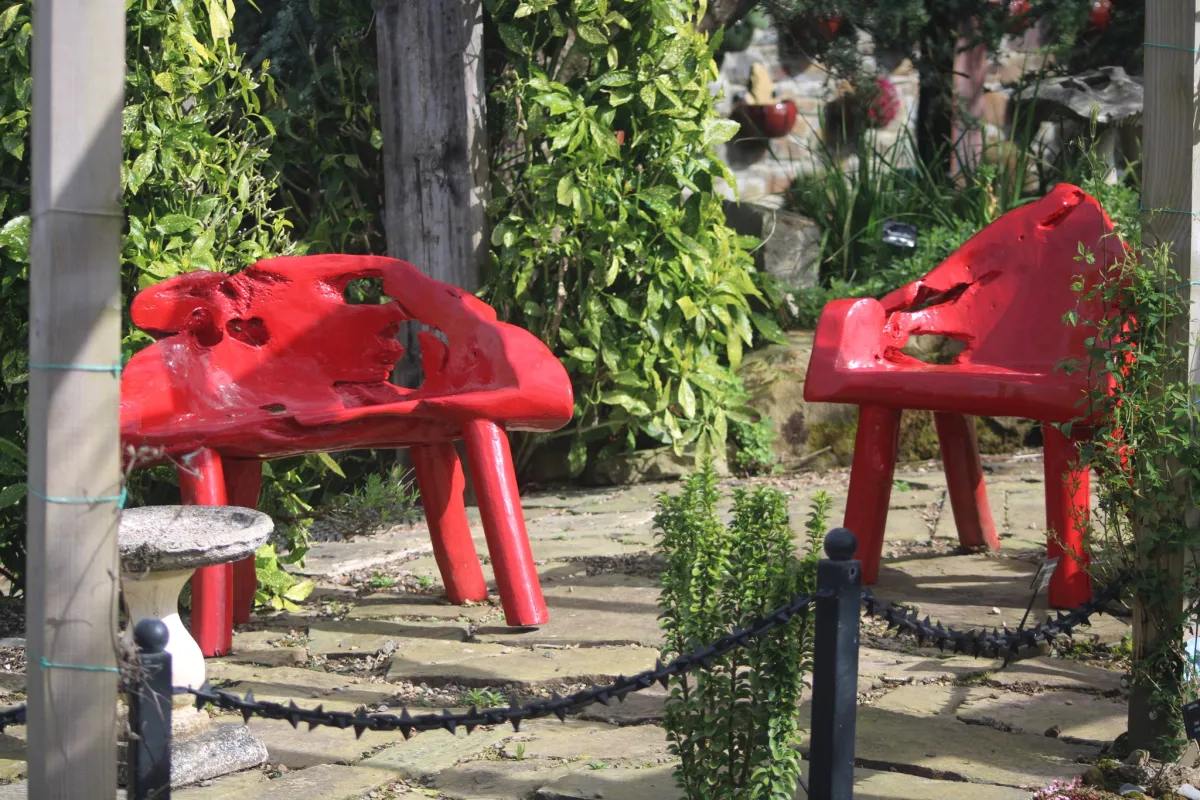
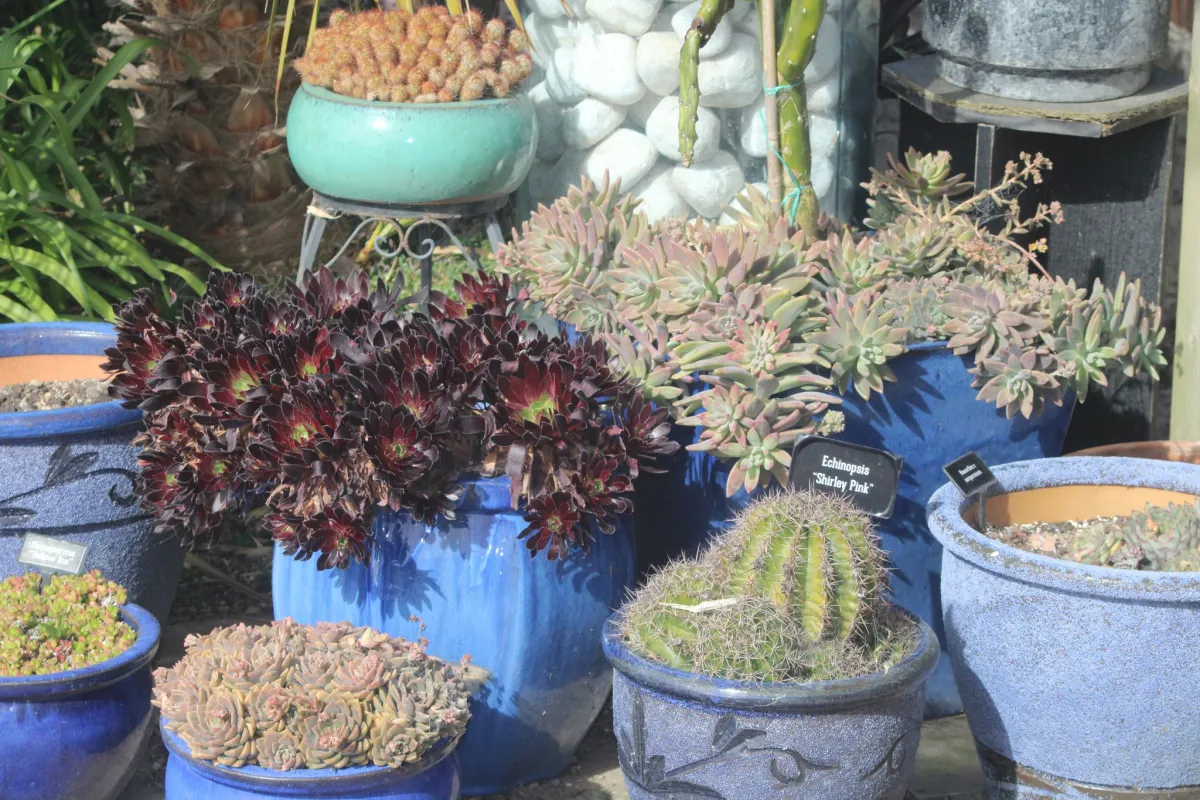
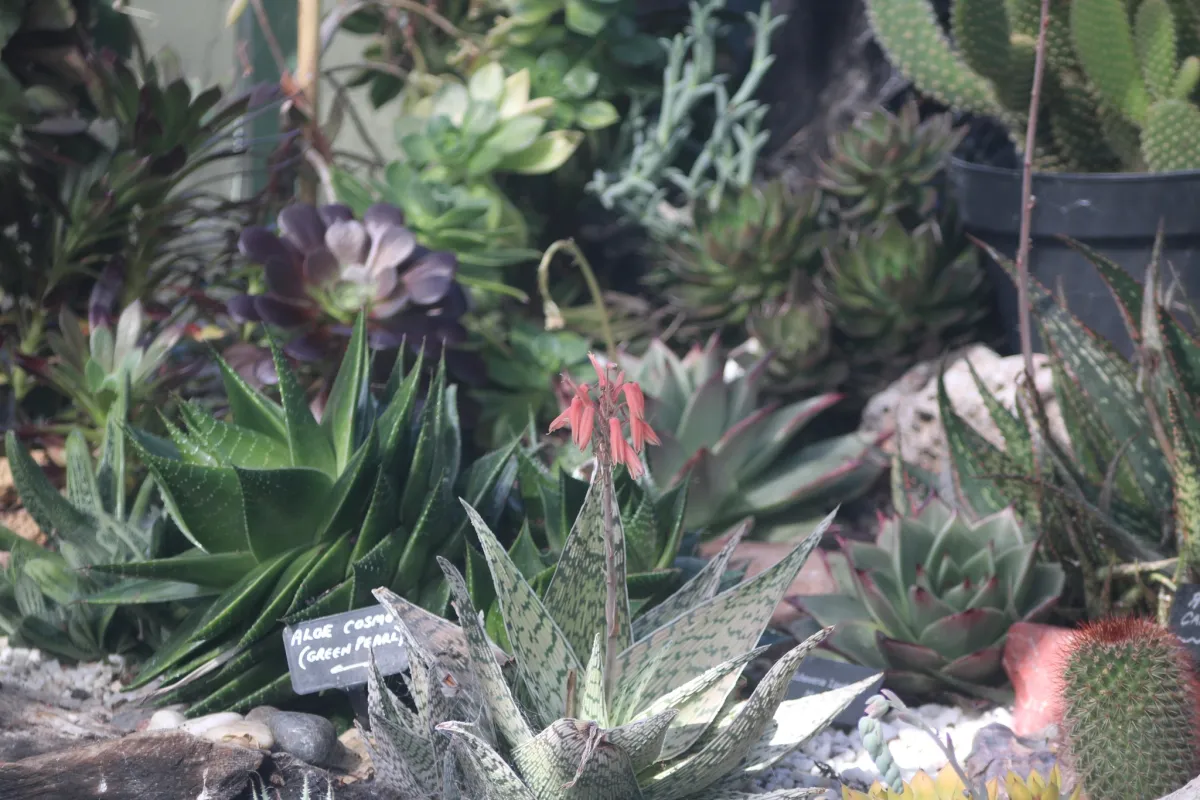
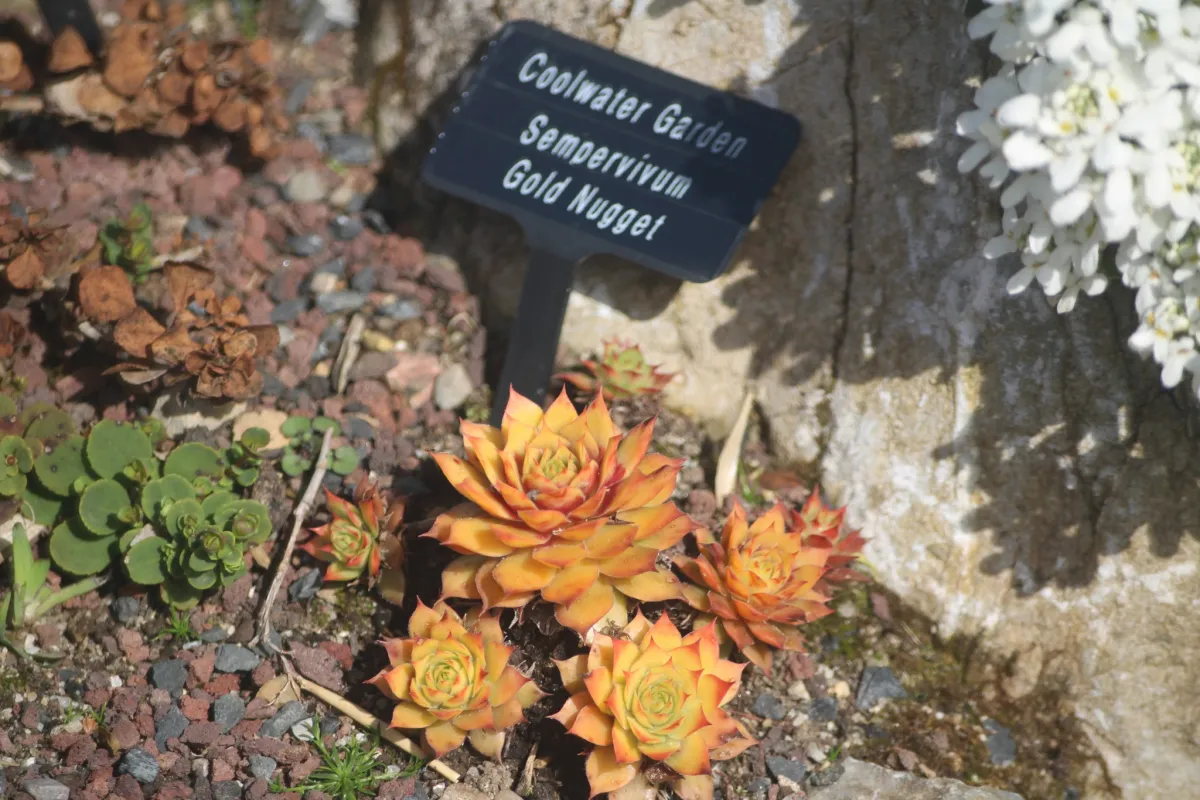
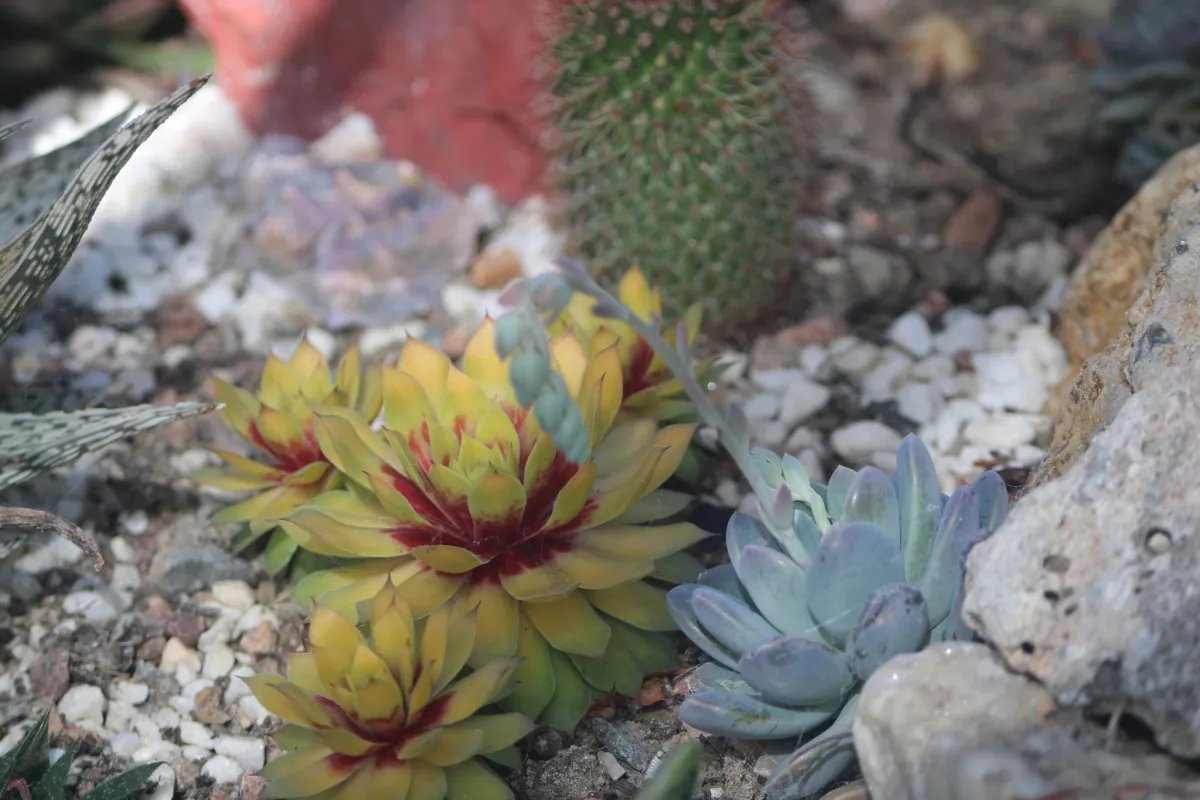
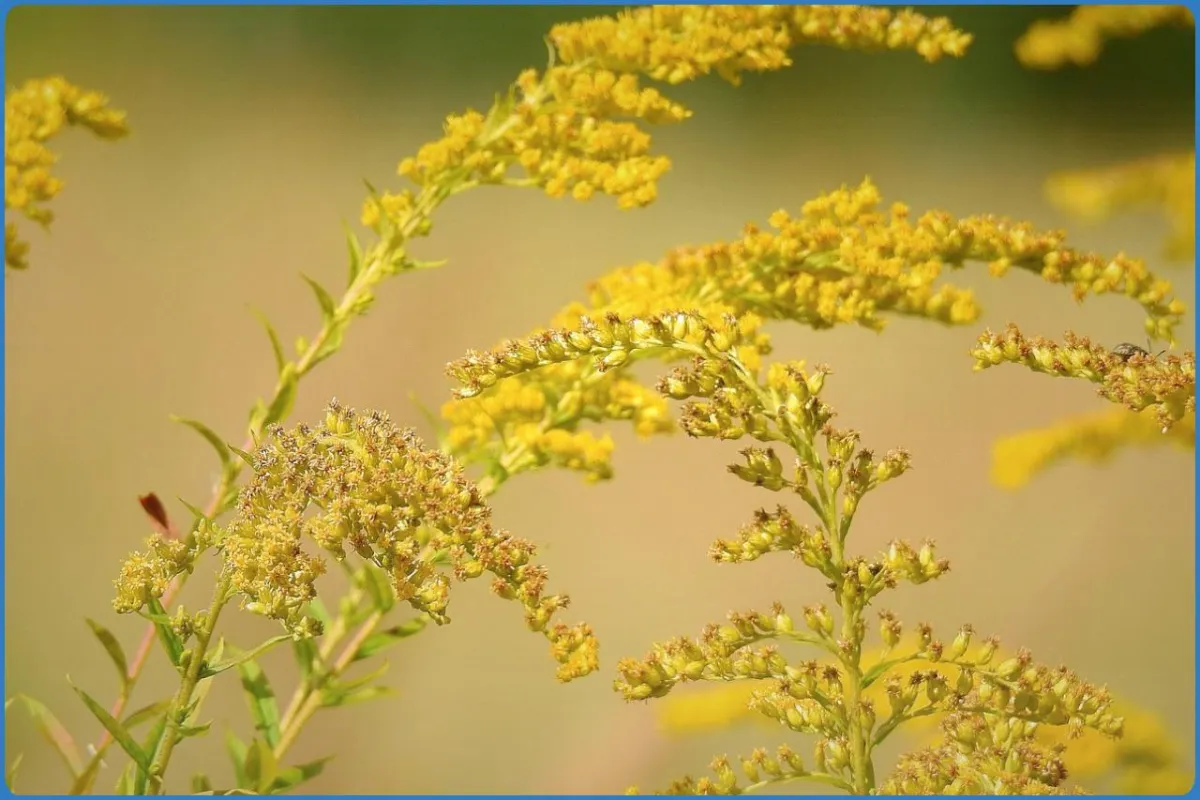
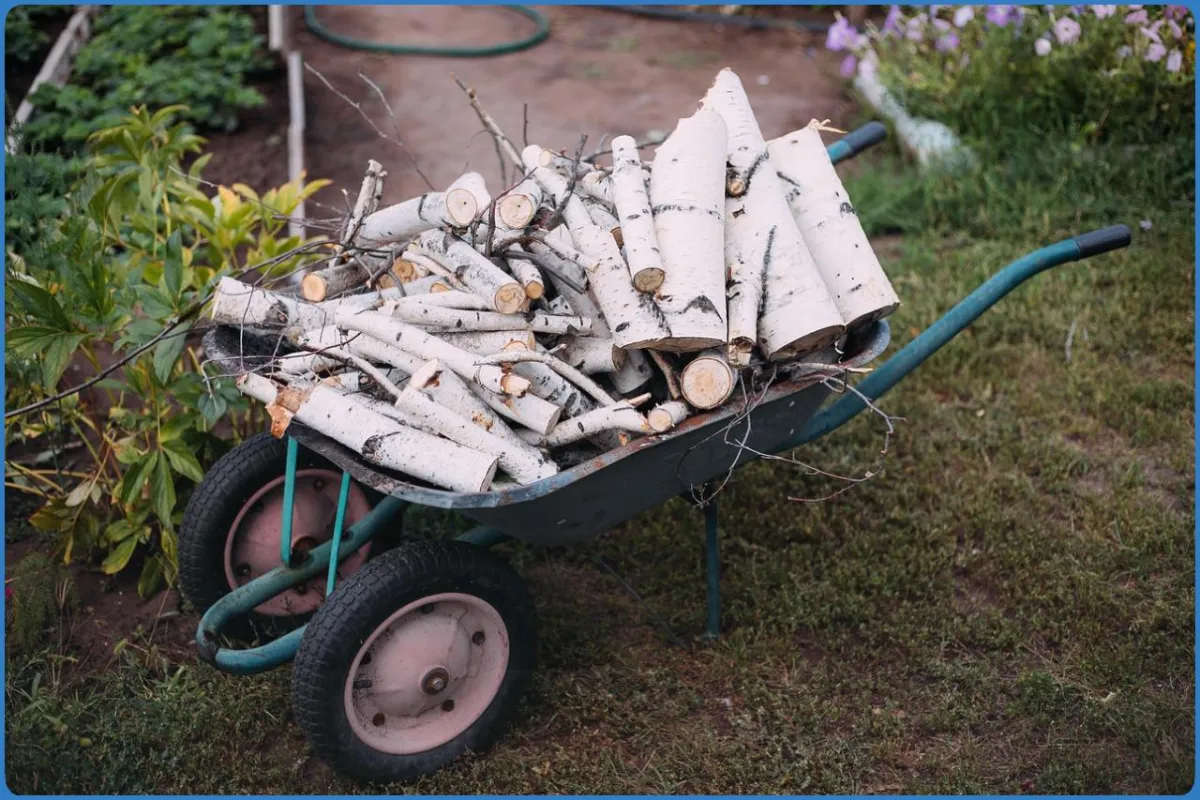
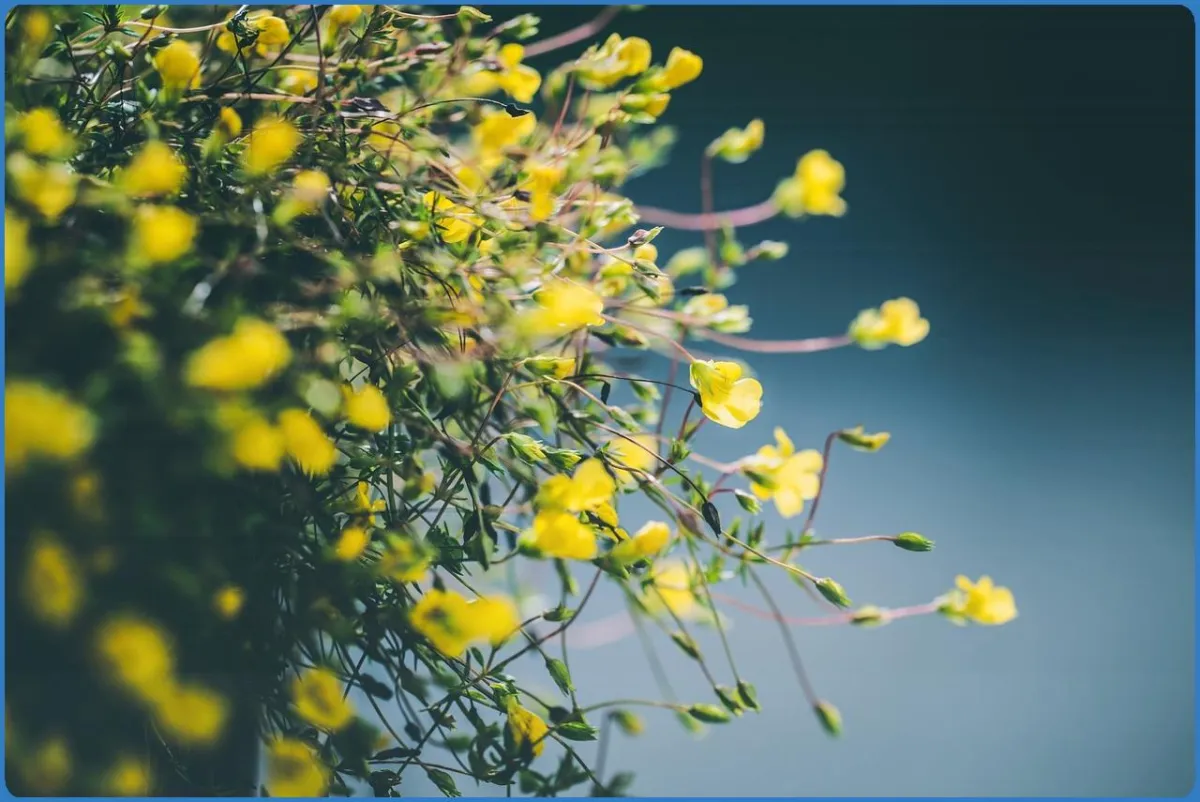
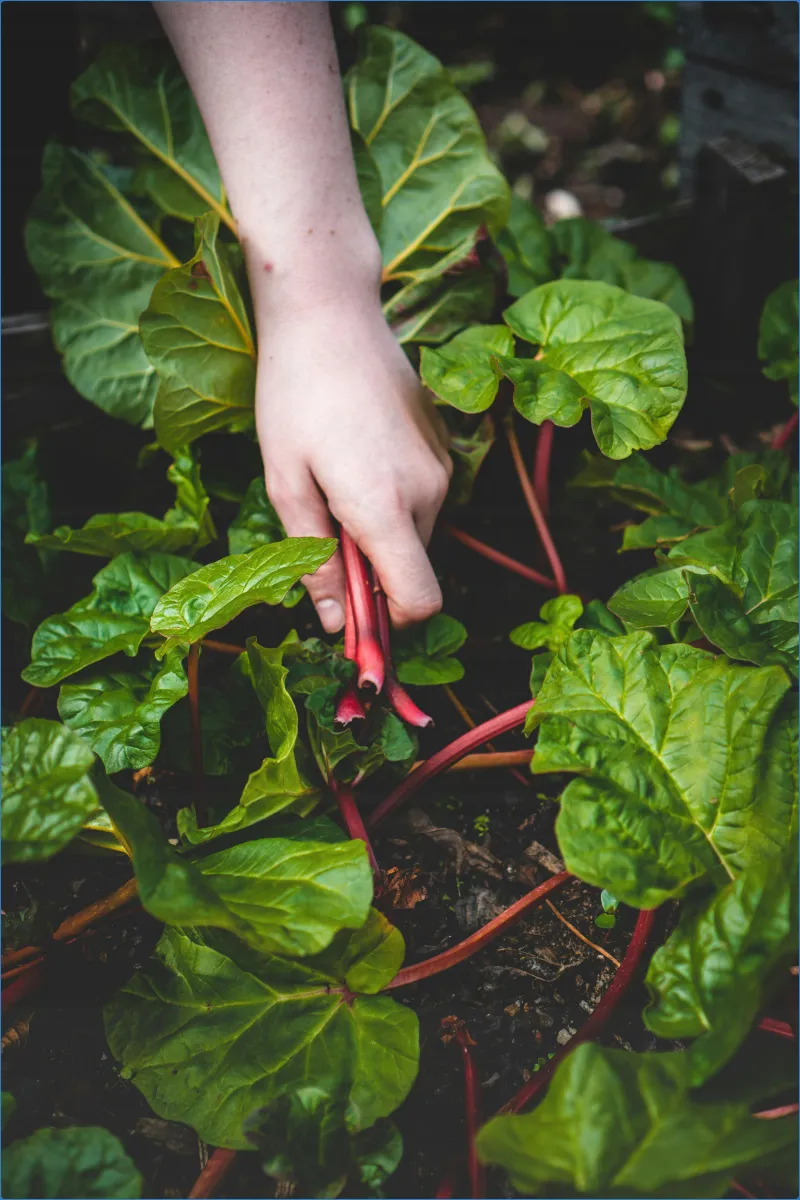

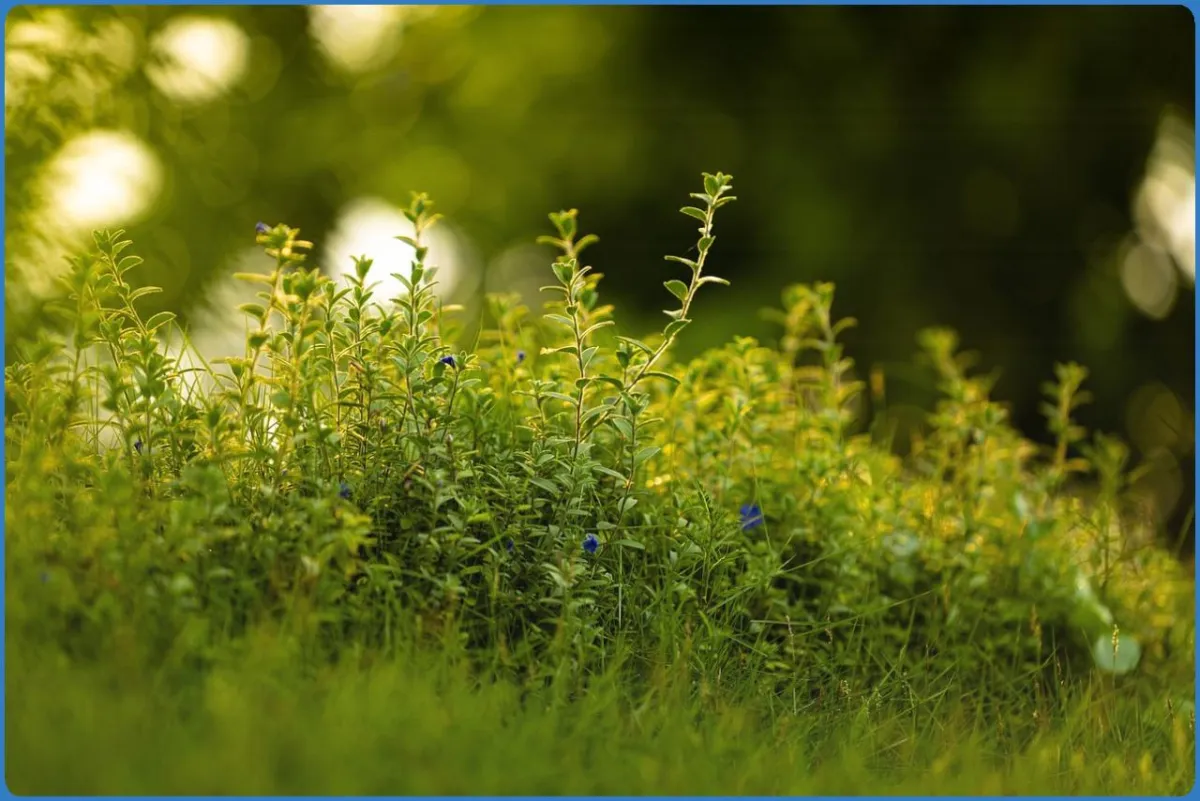
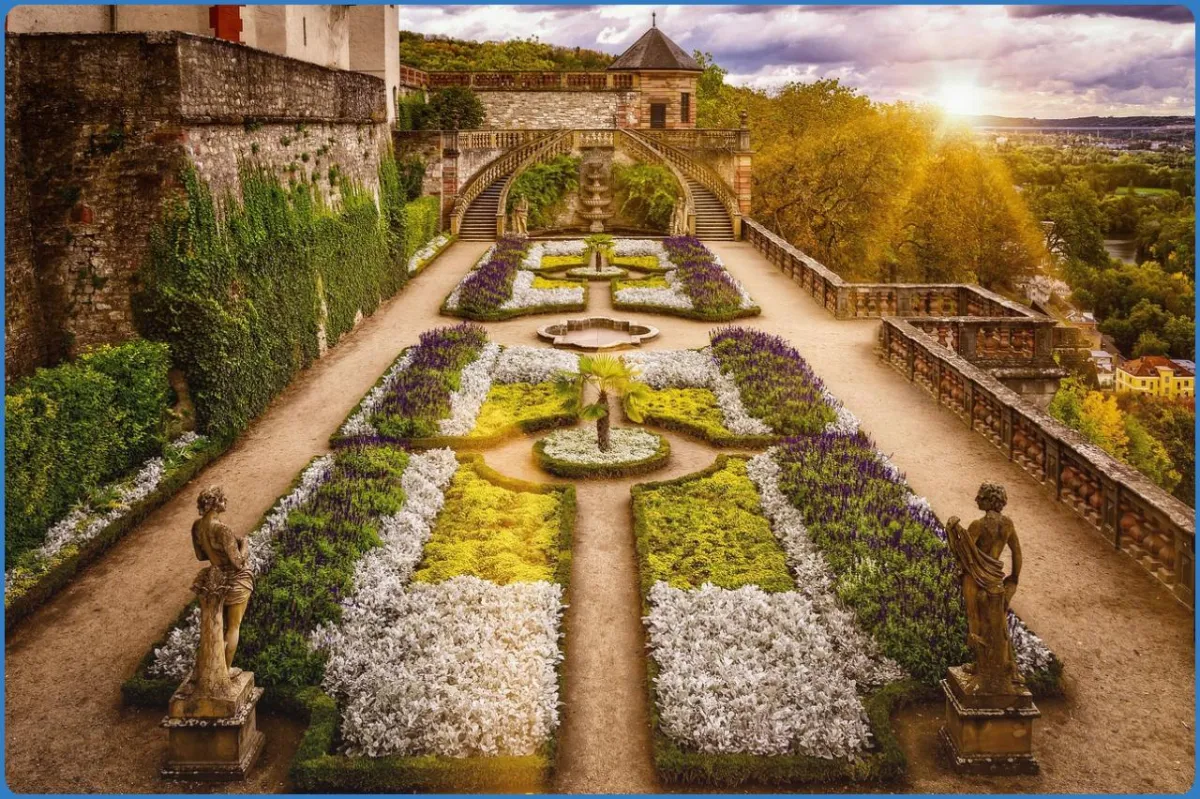
Comments